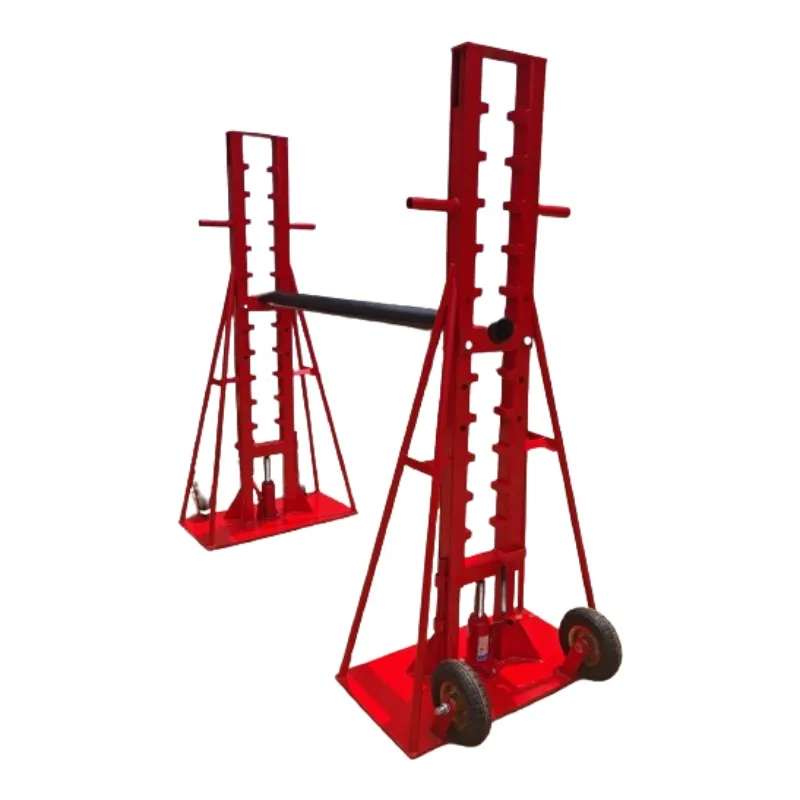
-
 Afrikaans
Afrikaans -
 Albanian
Albanian -
 Amharic
Amharic -
 Arabic
Arabic -
 Armenian
Armenian -
 Azerbaijani
Azerbaijani -
 Basque
Basque -
 Belarusian
Belarusian -
 Bengali
Bengali -
 Bosnian
Bosnian -
 Bulgarian
Bulgarian -
 Catalan
Catalan -
 Cebuano
Cebuano -
 Corsican
Corsican -
 Croatian
Croatian -
 Czech
Czech -
 Danish
Danish -
 Dutch
Dutch -
 English
English -
 Esperanto
Esperanto -
 Estonian
Estonian -
 Finnish
Finnish -
 French
French -
 Frisian
Frisian -
 Galician
Galician -
 Georgian
Georgian -
 German
German -
 Greek
Greek -
 Gujarati
Gujarati -
 Haitian Creole
Haitian Creole -
 hausa
hausa -
 hawaiian
hawaiian -
 Hebrew
Hebrew -
 Hindi
Hindi -
 Miao
Miao -
 Hungarian
Hungarian -
 Icelandic
Icelandic -
 igbo
igbo -
 Indonesian
Indonesian -
 irish
irish -
 Italian
Italian -
 Japanese
Japanese -
 Javanese
Javanese -
 Kannada
Kannada -
 kazakh
kazakh -
 Khmer
Khmer -
 Rwandese
Rwandese -
 Korean
Korean -
 Kurdish
Kurdish -
 Kyrgyz
Kyrgyz -
 Lao
Lao -
 Latin
Latin -
 Latvian
Latvian -
 Lithuanian
Lithuanian -
 Luxembourgish
Luxembourgish -
 Macedonian
Macedonian -
 Malgashi
Malgashi -
 Malay
Malay -
 Malayalam
Malayalam -
 Maltese
Maltese -
 Maori
Maori -
 Marathi
Marathi -
 Mongolian
Mongolian -
 Myanmar
Myanmar -
 Nepali
Nepali -
 Norwegian
Norwegian -
 Norwegian
Norwegian -
 Occitan
Occitan -
 Pashto
Pashto -
 Persian
Persian -
 Polish
Polish -
 Portuguese
Portuguese -
 Punjabi
Punjabi -
 Romanian
Romanian -
 Russian
Russian -
 Samoan
Samoan -
 Scottish Gaelic
Scottish Gaelic -
 Serbian
Serbian -
 Sesotho
Sesotho -
 Shona
Shona -
 Sindhi
Sindhi -
 Sinhala
Sinhala -
 Slovak
Slovak -
 Slovenian
Slovenian -
 Somali
Somali -
 Spanish
Spanish -
 Sundanese
Sundanese -
 Swahili
Swahili -
 Swedish
Swedish -
 Tagalog
Tagalog -
 Tajik
Tajik -
 Tamil
Tamil -
 Tatar
Tatar -
 Telugu
Telugu -
 Thai
Thai -
 Turkish
Turkish -
 Turkmen
Turkmen -
 Ukrainian
Ukrainian -
 Urdu
Urdu -
 Uighur
Uighur -
 Uzbek
Uzbek -
 Vietnamese
Vietnamese -
 Welsh
Welsh -
 Bantu
Bantu -
 Yiddish
Yiddish -
 Yoruba
Yoruba -
 Zulu
Zulu


Nov . 14, 2024 05:15 Back to list
fish tape glide
The Art of Fish Tape Glide A Beginner's Guide
Fish tape, a long, flexible tool used by electricians and other technicians to route wires through walls, floors, and conduits, is essential for any wiring project. Understanding how to effectively use fish tape is critical, and mastering the technique of fish tape glide can make your job much easier and more efficient.
To begin, it's important to understand what fish tape is. Typically made from either steel or fiberglass, fish tape is designed to navigate the twists and turns within building structures where wires need to be pulled. The term fish tape glide refers to the smooth and effortless movement of the tape through these tight spaces as it makes its way to the desired location.
Preparation is Key
Before you start your project, ensure that you have everything you need fish tape, a drill with an appropriate drill bit, a flashlight, and safety gear. Always wear safety glasses to protect your eyes from debris during drilling. Check the area where you will be working for any potential hazards and ensure that it’s clear.
Navigating the Path
fish tape glide

When using fish tape, the right approach will make all the difference. Start by drilling a small hole at the point where you want to pull the wires through. Using your flashlight, inspect the space to affirm there are no obstacles in the way. Insert the fish tape into the hole, and begin to push it through the chase. The goal is to apply a gentle but steady force, allowing the tape to glide smoothly without getting stuck.
Technique Matters
One of the most critical aspects of fish tape glide is manipulation. As you insert the tape, keep it aligned with the angle of the pathway, whether it's vertical or horizontal. If you hit resistance, instead of forcing it through, back off slightly and try to re-angle the tape to find a clearer route. This will help avoid any kinks or bends that can make it more difficult to pull through.
Bringing it All Together
Once you've navigated the fish tape to the intended location, it’s time to attach the wire. Securely tape the end of your electrical wire to the fish tape, ensuring that it’s snug but not too bulky—this will help it pass through the space with ease. With a steady hand and consistent pressure, pull the fish tape back through the space. If you’ve mastered the glide, the wire should follow seamlessly.
In conclusion, the fish tape glide is an essential skill for anyone working with electrical wiring. With proper technique and preparation, you can ensure smooth and efficient routing of wires in any project. Practice makes perfect, and soon you’ll be navigating wires like a pro, making fish tape a valuable ally in your toolbox.
Latest news
Understanding Earth Wiring and Grounding: Essential Components for Electrical Safety
NewsAug.15,2025
The Ultimate Guide to Cable Pulling Tools and Equipment for Efficient Installations
NewsAug.15,2025
Streamline Your Projects with Advanced Cable Pulling Equipment
NewsAug.15,2025
Simplify Cable Installation with Advanced Cable Pulling Tools and Equipment
NewsAug.15,2025
Essential Guide to Link Sticks and Hot Sticks for Electrical Safety and Line Work
NewsAug.15,2025
Efficient Solutions for Cable Installation: Your Guide to Cable Pulling Winches and Equipment
NewsAug.15,2025








